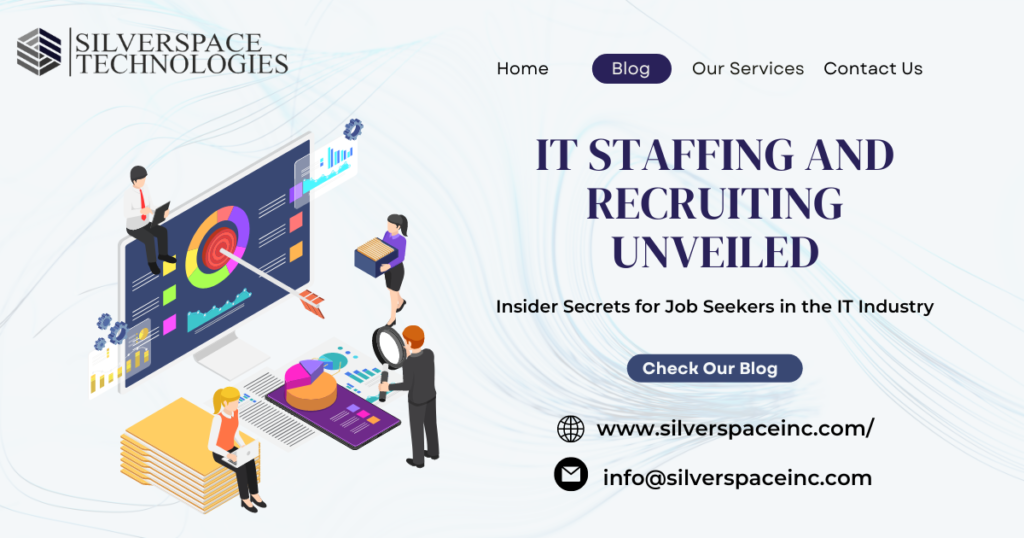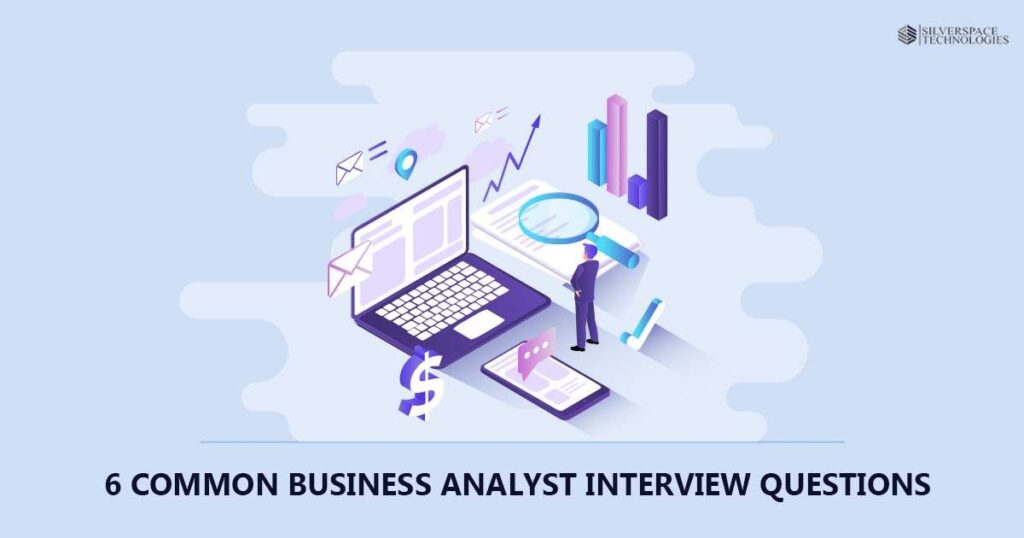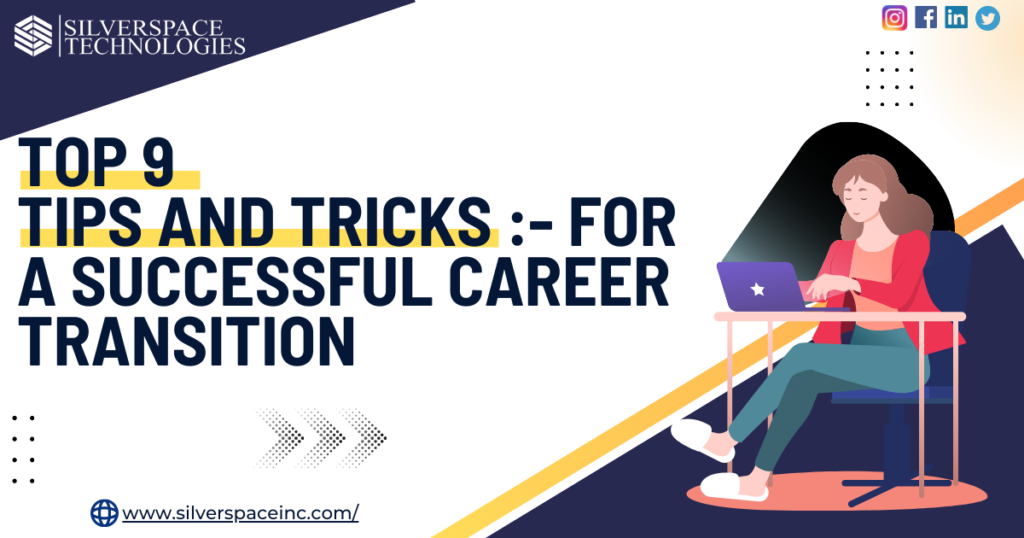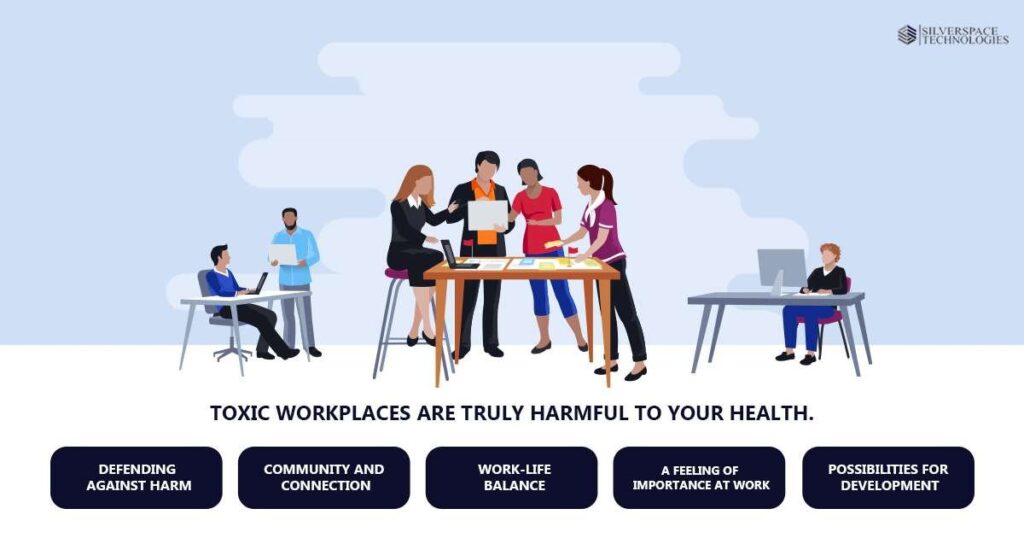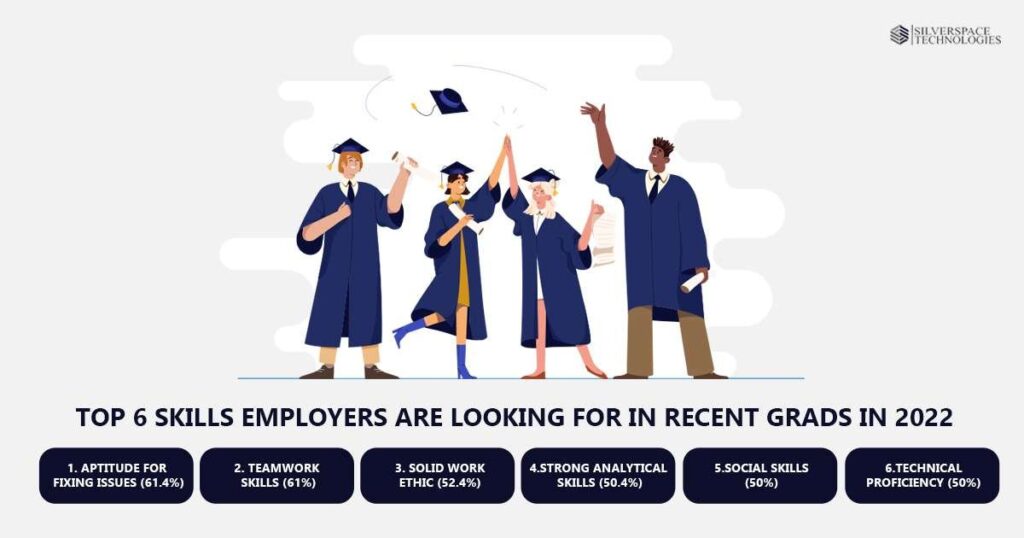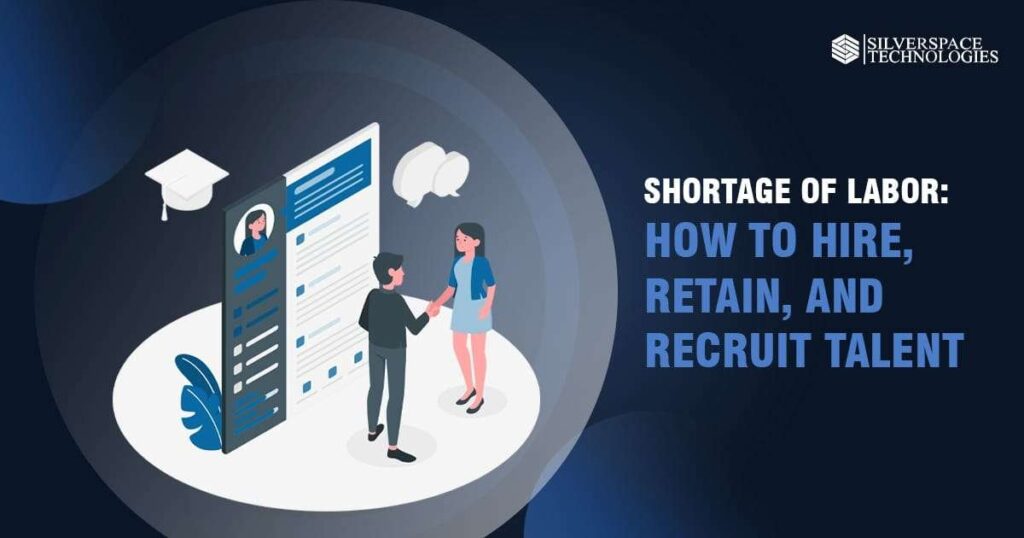IT Staffing and Recruiting Unveiled: Insider Secrets for Job Seekers in the IT Industry
The information technology (IT) sector continues to thrive in today’s technologically advanced world, offering abundant career prospects for workers across the United States. However, navigating the world of IT employment and recruiting can be like learning a foreign language, with a confusing array of unfamiliar jargon and acronyms. This site aims to demystify the complexities of IT staffing and recruiting for those seeking work in the USA. Understanding these terms is crucial to staying competitive in the job market, whether you’re just starting your career or an experienced professional seeking new opportunities. Understanding the processes employed by IT staffing and recruiting companies in the USA This is crucial if you’re seeking a job in the rapidly growing field of information technology (IT). These firms play a vital role in connecting qualified candidates with suitable job opportunities. Let’s delve into the intricacies of the procedures used by US IT staffing and hiring firms. Job Requirement Analysis: USA IT staffing and recruiting organizations work closely with their clients to fully grasp their job requirements before commencing the hiring process. This analysis helps identify the specific skills, backgrounds, and credentials desired by the hiring company. By understanding the client’s specific needs and preferences, the staffing firm can create a pool of candidates that closely align with the required criteria. Candidate Sourcing: Once job specifications are defined, USA IT staffing and recruiting firms utilize various methods to find potential candidates. These techniques include searching through corporate databases, leveraging professional networks, advertising job openings on relevant websites, and utilizing cutting-edge technology like AI-driven resume screening systems.The objective is to discover a diverse pool of skilled applicants with the necessary knowledge and expertise for various IT roles. Resume Assessment: Staffing and hiring firms thoroughly review potential candidates’ resumes to expedite the selection process. This step assesses qualifications, experience, technical skills, and relevant certifications. By prequalifying candidates, businesses ensure that only the most qualified individuals who meet the client’s requirements move forward to the next level. Interview Presentation: After selecting the best candidates, USA IT staffing and recruiting firms present their profiles to the client for review. This entails creating comprehensive candidate summaries that highlight their credentials, competencies, and relevant work history. The staffing firm then coordinates the interview process, schedules candidate and client recruiting team meetings, and offers any necessary guidance and support. Employment Terms Negotiation: Once the client has identified their top candidate, the staffing and recruiting firm assists in negotiating the terms of the job offer, including pay, benefits, and start date. They act as intermediaries, ensuring both parties reach a fair and satisfactory agreement. After accepting the offer, the staffing firm facilitates the onboarding process to ensure a smooth transition for the newly hired IT professional. Essential Tips for Job Seekers in the USA In today’s challenging job market, finding employment can be tough, especially for job seekers in the USA. With numerous options and a rapidly evolving job landscape, having a reliable and comprehensive guide is essential to conduct a successful job search. Luckily, you’ve stumbled upon the best guide for job seekers in the USA, so your search can end here. Our manual is designed to be your go-to resource, packed with invaluable insights, practical tips, and expert advice to help you stand out from the competition and secure your ideal job. Our guidance is tailored to align with your specific goals, whether you’re a recent graduate, an experienced professional seeking a career change, or someone returning to the workforce after a break. Crafting an Effective Resume: Your pathway to capturing the attention of potential employers begins with a well-crafted resume. In this comprehensive guide, we’ll take you through the fundamentals of resume building, from selecting the best format to articulating your qualifications clearly. With tried-and-true tips, we’ll show you how to make your resume stand out and leave a lasting impression on hiring managers. How to Use Online Job Platforms: The internet has revolutionized the job search process, and in this post, we’ll empower you to make the most of online job boards. Step-by-step, we’ll guide you in creating a compelling online profile, refining your search criteria, and leveraging networking opportunities. By using keywords wisely, filtering search results, and connecting with industry professionals, you’ll build a strong network and increase your chances of success. The Key to Successful Interview Performance: While interview preparation can be nerve-wracking, our guide equips you with the skills you need to excel. We’ll provide invaluable interview advice, demonstrate how to handle common interview questions and guide you through thorough research on the interviewer and company. Additionally, we’ll delve into the specifics of virtual interviews, empowering you to confidently showcase your abilities and personality on a screen. Crafting a Winning Cover Letter: In today’s highly competitive job market, a compelling cover letter can open doors to new opportunities. Our guide will show you how to construct an impactful cover letter, highlighting your enthusiasm, qualifications, and suitability for the position. We’ll reveal secret strategies for tailoring your cover letter to specific job ads and grabbing the attention of hiring managers from the very beginning. Negotiating Job Offers: Receiving a job offer is a thrilling achievement, and with the guidance of our expert guide, you’ll be well-prepared to negotiate the most favorable terms. We’ll share proven tactics for advocating for yourself and securing a package that aligns with your worth and career objectives, covering salary negotiations, benefits, and perks. Armed with essential information, you’ll make wise decisions and start your new job on the right foot. Latest Trends in Recruiting Terminology: Effective communication in professional environments requires familiarity with recruiting terminologies. In this segment, we’ll cover common HR terms, providing you with the insights you need to navigate the landscape, including expressions specific to HR tech recruitment. By understanding these terminologies, you’ll enhance your interactions with employers, HR managers, and fellow employees. Talent Acquisition: Finding and Attracting Top Talent: Talent acquisition is a crucial process that encompasses recruiting, onboarding, and training candidates to join your organization. Optimizing
IT Staffing and Recruiting Unveiled: Insider Secrets for Job Seekers in the IT Industry Read Post »
